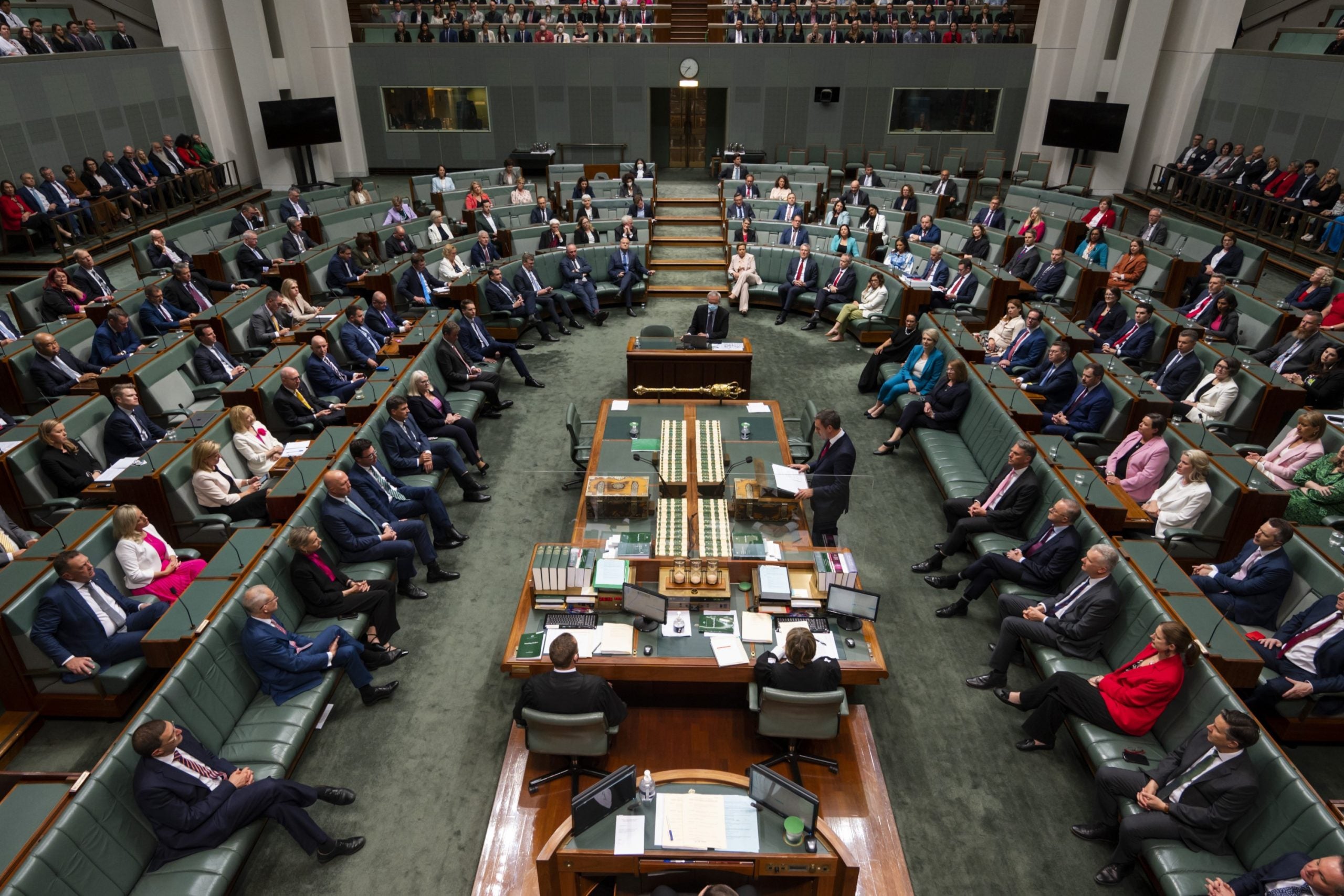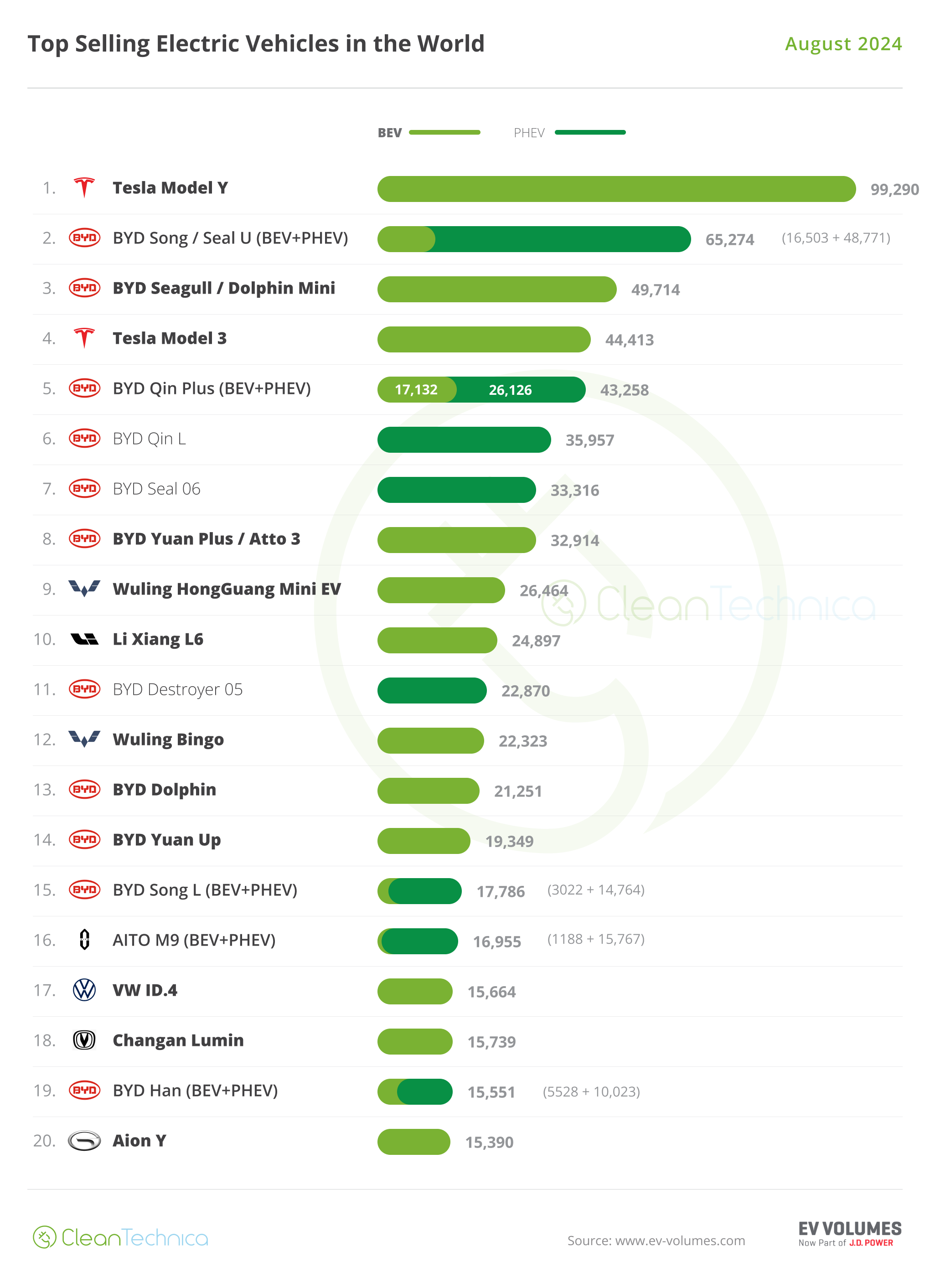Sign up for daily news updates from CleanTechnica on email. Or follow us on Google News!
The Infrastructure Bill’s NEVI program is already having a big impact on EV charging in the United States. Only a few stations have been completed so far, and there are many, many more to come. The first year’s plan alone calls for charging stations every 50 miles along the interstates, with at least four stalls that can simultaneously provide 150 kW of power. Many more stations will eventually be needed to provide the capacity for all vehicles to go electric, but these will be a damned good start that can kick EV adoption into high gear and promote further charging development based on that demand.
There are places where a strict 50-mile limit between stations isn’t reasonable, though. On some stretches of road, there just isn’t power available for a charging station in the right place, or terrain is such that there’s no place to put the station. So, the federal government does allow states to get some exceptions and put the station a few miles down the road in a better spot, even if that means some gaps beyond 50 miles.
But, a recent video by a friend of mine who digs deep into EV infrastructure shows us that states might be reaching for the exception button a little too often, and could end up making some pretty big gaps in the network.
TxDOT is asking for multiple Discretionary Exemptions for NEVI sites in West Texas. In this explainer video, I go over why those sites should still be built…@JenniferSensiba @greentexan2063 @AlejandroEV66 @EVAdoptionTweet @pluginsites @ttwsyf69 @PlugandplayEV @IIISchulze… pic.twitter.com/VbTjUjposy
— ArtiePenguin1 (@MrArtiePenguin) March 25, 2024
West Texas is a great example of this. Wide open spaces can be fun, but sometimes that means there’s not a lot of electricity. But, the highways running through these areas without big power connections run from Jacksonville to Los Angeles, so there’s still a lot of vehicles that will need to be served.
The first example my friend gives is Fort Hancock, Texas. This isn’t a ghost town. It’s still in the same valley El Paso, Texas, is in, and it’s the last little town before leaving to go up a big, steep hill. There are multiple businesses with power connections there. There would need to be some upgrades, but at the same time, there are other options like battery storage that can be used to utilize existing connections.
We have to keep in mind that not everybody is driving to the next charger to reach the next big city. Local and regional traffic would be better served by having stations in places like Fort Hancock.
Another place TXDOT is asking for an exception is the Fort Davis Rest Area, or Kent. Again, this is a big gap in the charging network. The next town going west is Van Horn, and the next one going east is either Pecos or Fort Stockton (depending on whether you go to I-10 or I-20). There’s not much in that area, but even a basic battery storage charging station with high rates to encourage people to use the other stations more would be better than nothing. As Jacob points out, there’s a Chevron gas station that’s open and would make a great host site.
Another big gap that TXDOT hopes to not cover is Iraan, between Fort Stockton and Ozona. That’s a 107-mile gap with no charging right now for any EVs except for a Level 2 plug. Sheffield would be a good location, but again would likely need a battery storage solution for EV charging.
 Chip in a few dollars a month to help support independent cleantech coverage that helps to accelerate the cleantech revolution!
Chip in a few dollars a month to help support independent cleantech coverage that helps to accelerate the cleantech revolution!
Solar + Storage = Charging Stations Anywhere
The NEVI program does allow for use of funding to buy things like batteries and even solar power to make stations work in rural areas. TXDOT and other state departments of transportation haven’t really pulled the trigger on this yet, though. I think it’s likely that states are seeing that they have a limited allocation of funding and want to build cheaper stations where they can and not spend so much on rural charging that many EVs have enough battery to skip.
That having been said, this is still a little short-sighted. As Jacob and I both pointed out, not everyone is going on to the next bigger town to get to the next big city. When someone needs to drive to a small town and then turn around and go home, having some stations between the towns can help prevent people from getting stranded, especially if they’re towing (something people in rural areas do more often).
Another issue with this approach is that people will eventually stop planning trips carefully. Eventually, people will start feeling comfortable doing what they do in an ICE car, and drive until it starts to get low. Only then will they start looking for a place to charge. When they get away with this in New York and then try it in west Texas, they’ll find to their horror that there are no stations in range.
But, if there are at least some small stations in range, people will have a place to go. Like any middle of nowhere gas station, prices will be higher. But, fuel is available along with a place to take a break.
Private Stations Might Need To Take Up The Slack Here
While government is trying to focus on more city-to-city charging at this point, this might leave some good opportunities for businesses to get their foot in the door. This will require some forward-leaning investors and open-minded host businesses, but if people are willing to get some of these rural gas stations a charging station, they’ll literally be the only girl in town for some drivers to call on.
I’ve personally run into a lot of resistance trying to get rural businesses to jump on the bandwagon early and score a good seat, but I’ve also seen some promising signs in recent months. Some businesses are getting more open-minded, and some companies are starting to be more willing to invest in charging without subsidies. One great example is FreeWire’s Accelerate Program, but you can read more about that in this other article.
If you own a rural business or know someone who does, be sure to consider or talk to them about EV charging. We will eventually need a lot more charging stations everywhere.
Featured image: A screenshot from Plugshare showing far west Texas.
Have a tip for CleanTechnica? Want to advertise? Want to suggest a guest for our CleanTech Talk podcast? Contact us here.
Latest CleanTechnica TV Video
CleanTechnica uses affiliate links. See our policy here.




